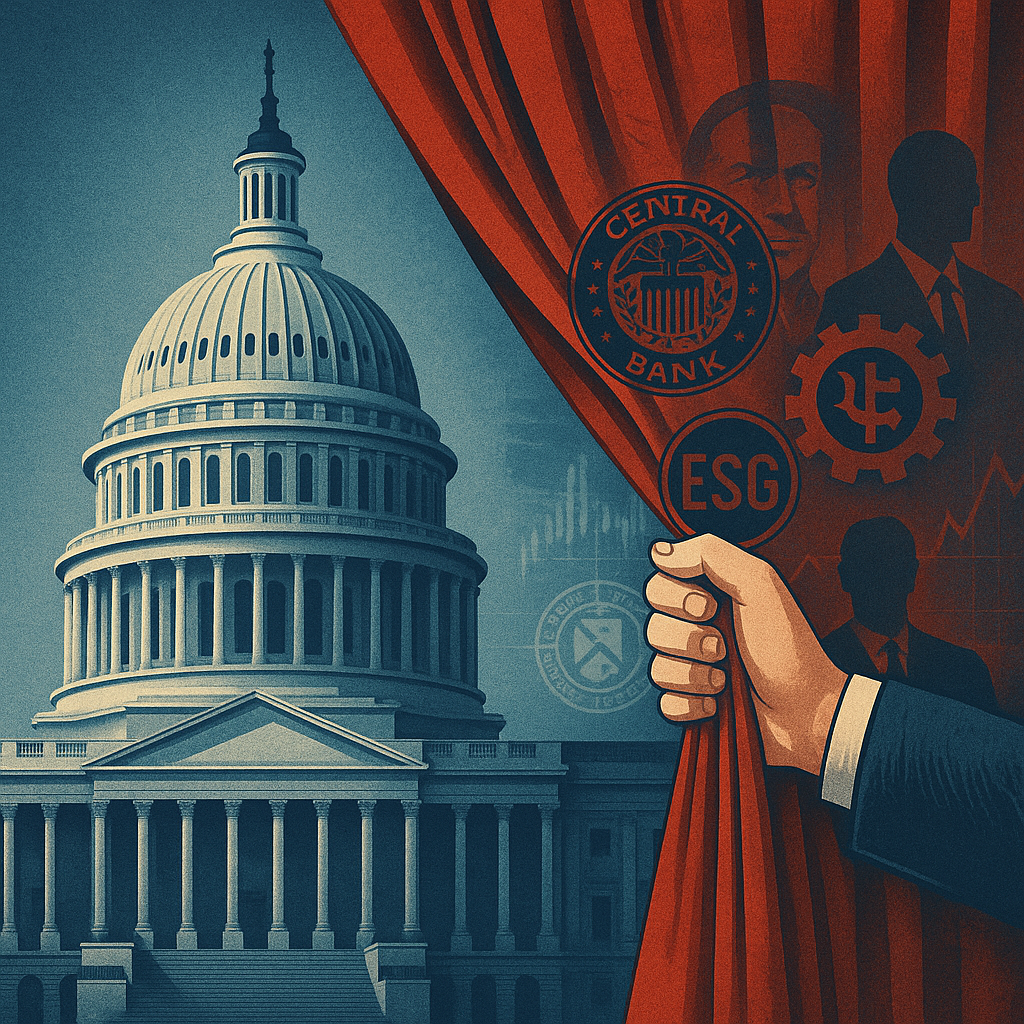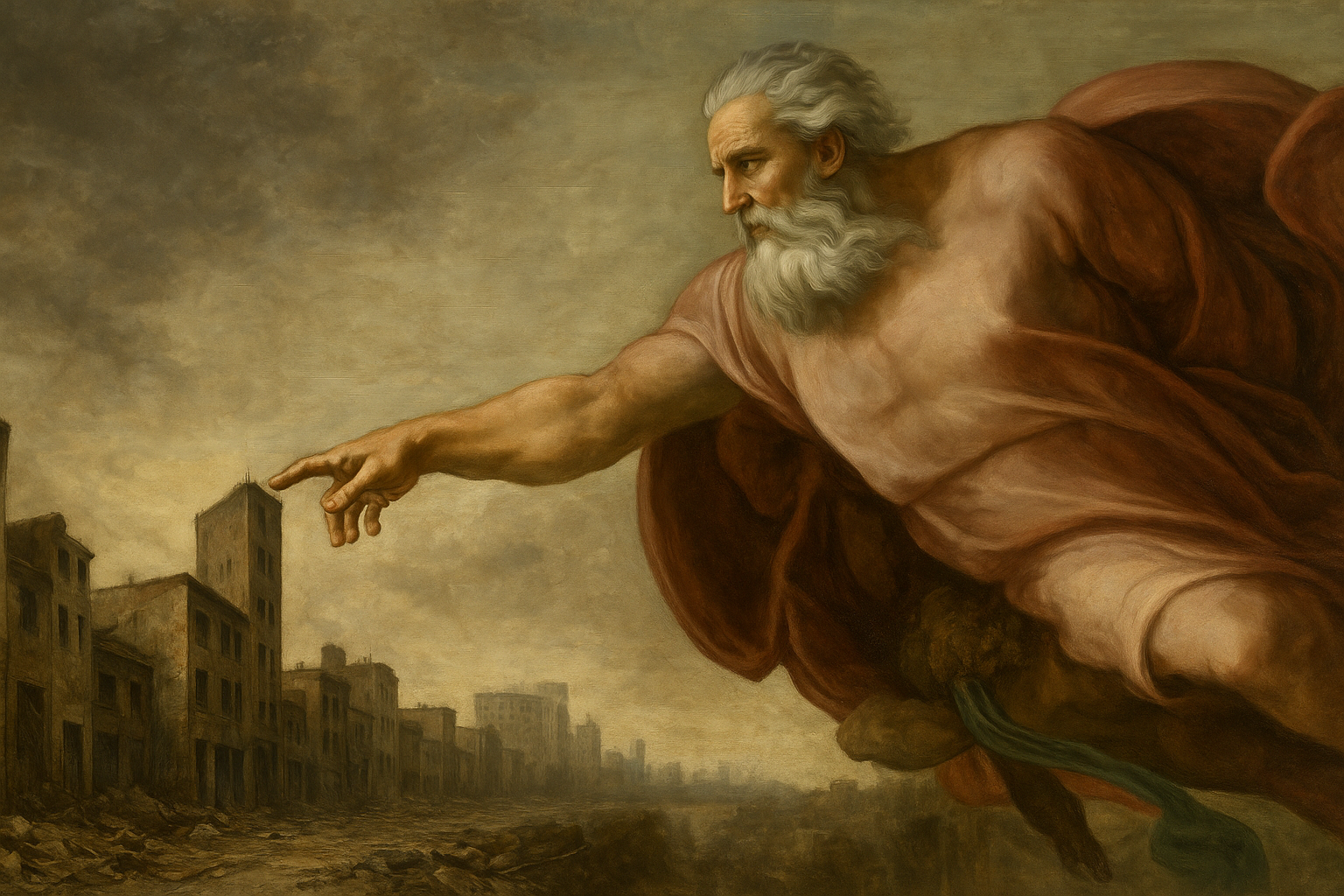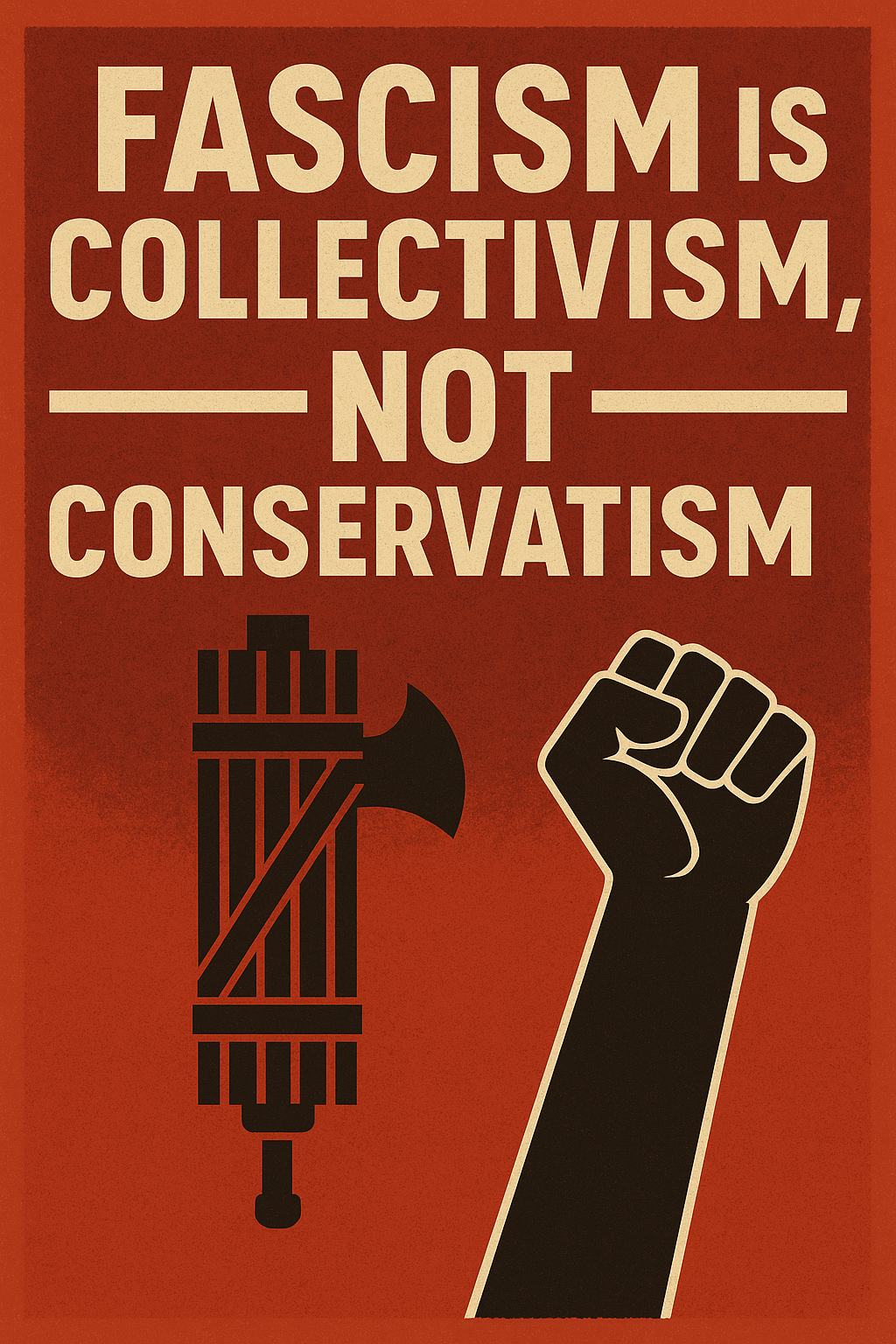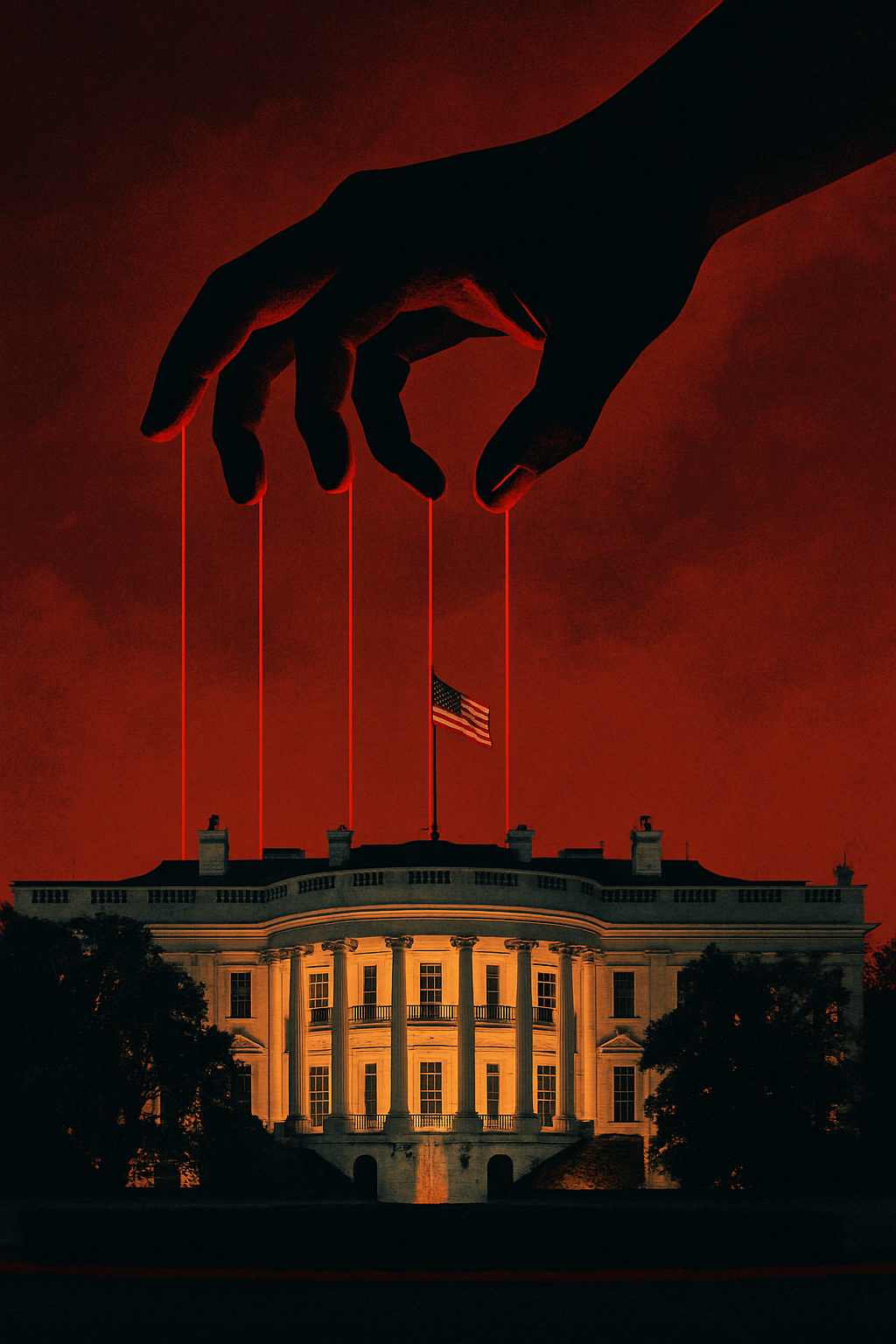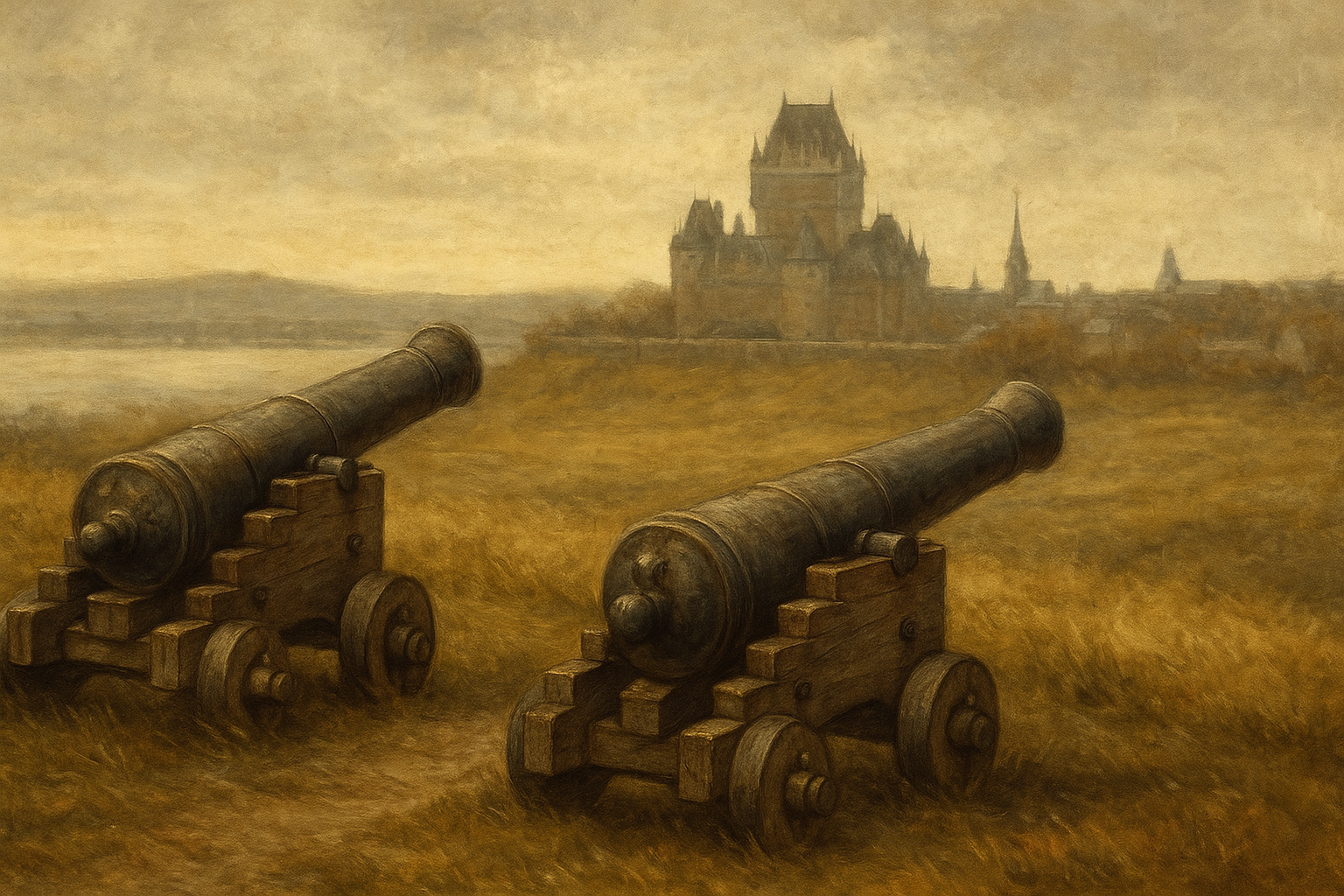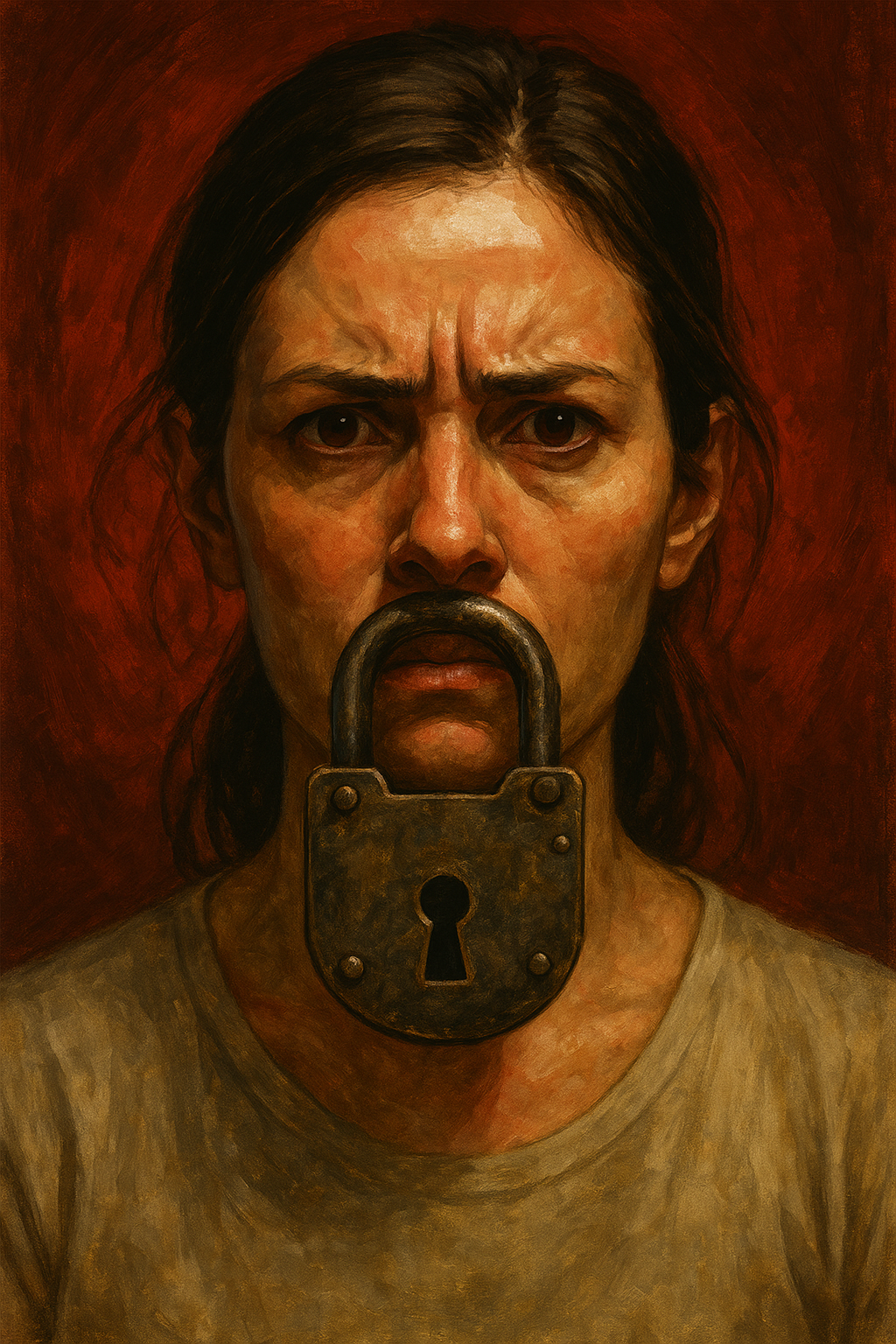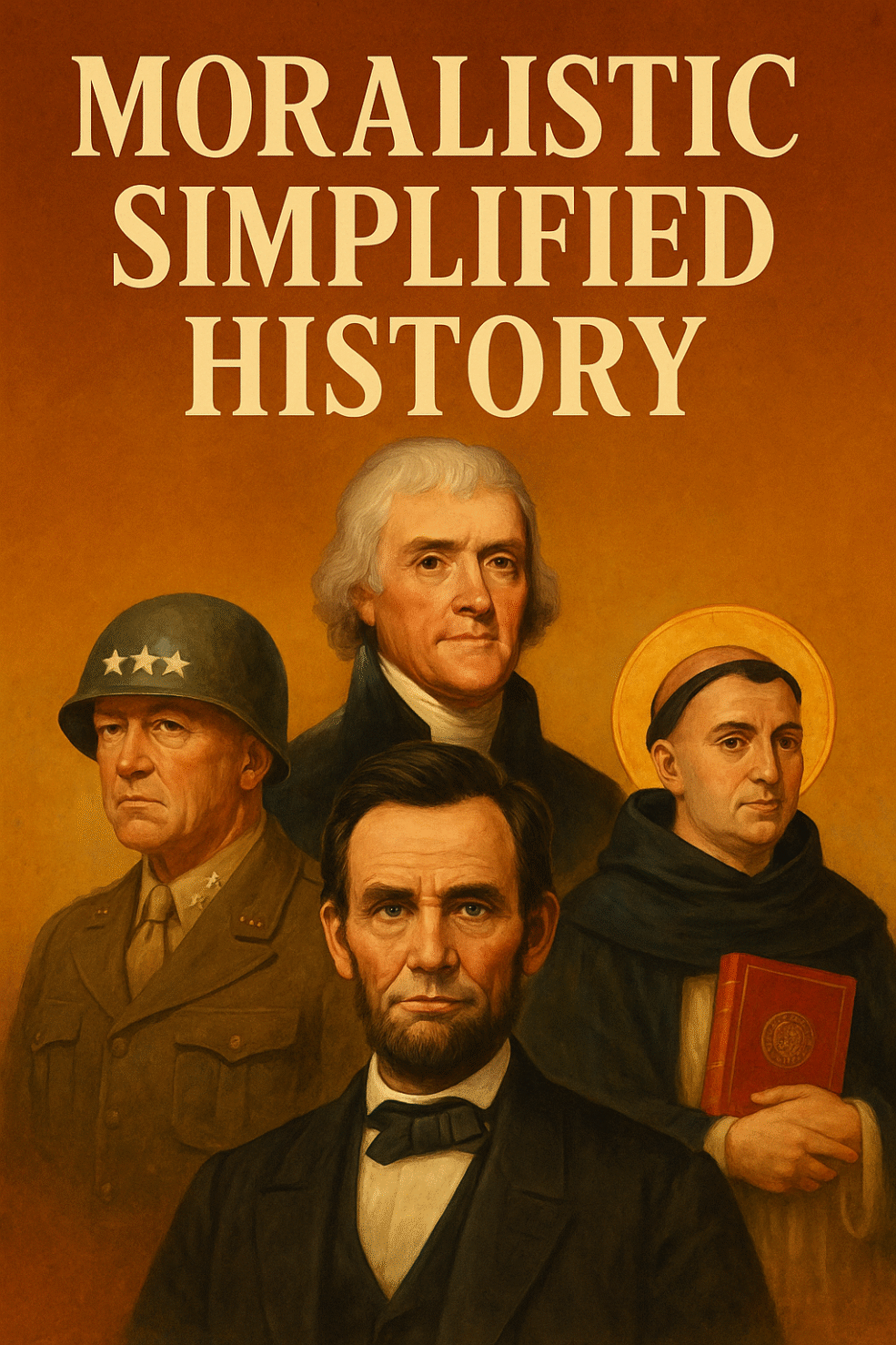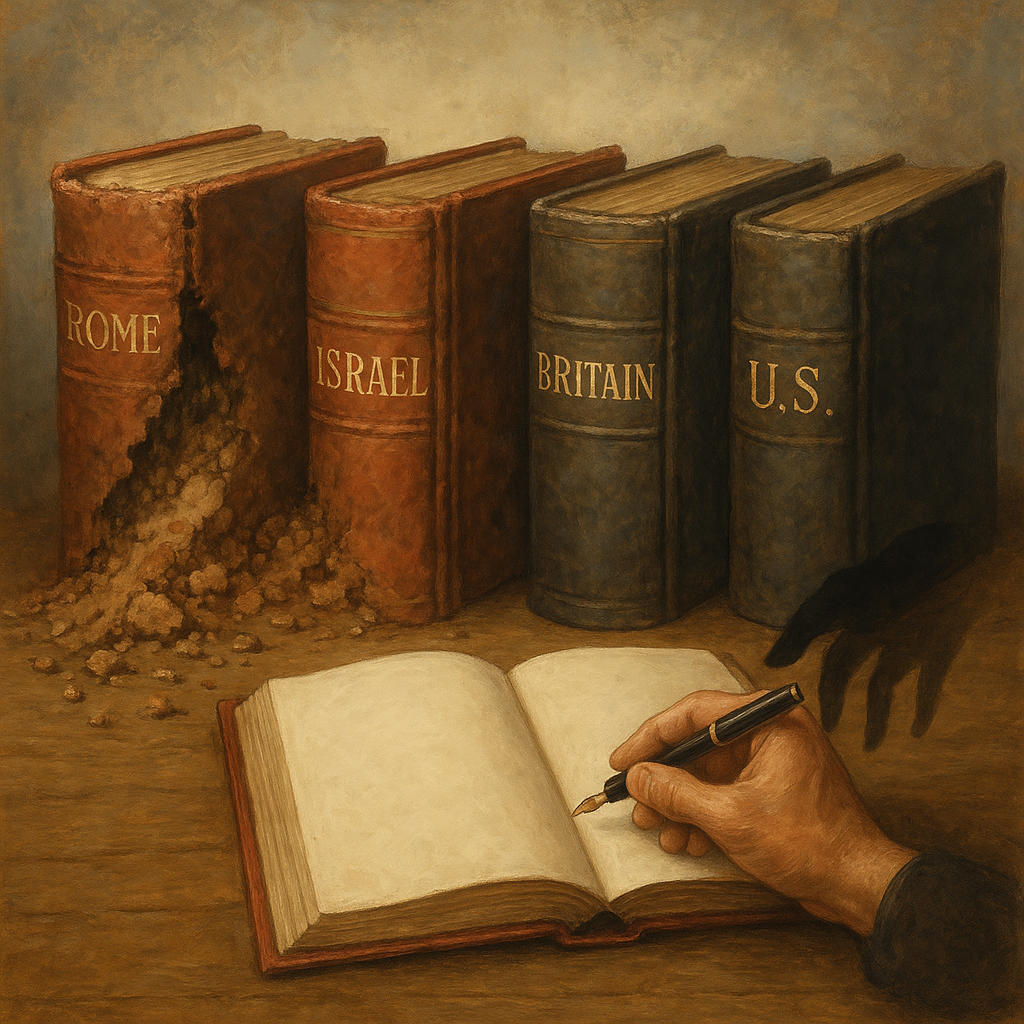When Benito Mussolini came to power in Italy in 1922, he looked at the chaos unfolding in the Soviet Union and saw that communism had a fatal flaw. The Bolsheviks had seized control of production in the name of equality, but what followed was catastrophic: the Russian economy collapsed and agricultural output plummeted; by 1921, grain production was less than half of what it had been in 1913. The state responded not with reform, but with repression.
Lenin’s War Communism had led to mass starvation, and Stalin’s collectivization would later kill millions. Mussolini recognized that socialism, as it had been implemented, focused exclusively on the redistribution of goods, operating under the false assumption that production would remain stable even after incentives were removed. He understood that destroying the profit motive caused productivity to collapse. Where free men had once tilled the land for reward, now terrified peasants labored under compulsion.
Without profit as an incentive, the only motivations left were fear and coercion.
Mussolini blamed capitalism for the economic volatility of the post-war years. Italy was suffering from high inflation, mass unemployment, and labor unrest, but when he looked at Soviet communism, he saw an even greater disaster. Mussolini concluded that neither model worked. There had to be a better way. Fascism was his answer: a hybrid system that preserved the productive engine of capitalism while placing it under state control. It was, at its core, a reaction to socialism’s failure to account for human nature, particularly the human need for incentive.
If this sounds like an economic system, rather than the political framework we’re typically taught to associate with fascism, that is because fascism is, at its core, an economic system with a political structure built on top of it, and we have been conditioned to look for the political structure while ignoring the economic structure underneath it. This article will hit on both aspects of fascism, but it would help the reader to see that, like communism, fascism mixes economics and politics into a single system, that can easily be split apart and discussed separately.
There was another flaw in socialism, and in many ways, it was even more profound. Socialism treated individuals not as unique moral agents, but as interchangeable parts—human livestock to be herded and managed for the supposed good of the whole. Just societies recognize the inherent worth of the individual. Any system that reduces people to cogs or cattle is, by its very nature, unjust.
Mussolini was not interested in moral philosophy. He was only interested in outcomes. The dehumanization embedded in socialism didn’t trouble him, because his goal was not to elevate the individual but to preserve production. To accomplish that, he found a kindred spirit in another Italian figure: Gabriele D’Annunzio.
D’Annunzio is best known for his flamboyant seizure of Fiume in 1919, where he established a self-declared proto-fascist microstate. But it was his ideas about control that proved foundational. He argued that true ownership did not depend on legal title, but on the power to command. A state, in his view, could seize operational control of industry while leaving formal ownership in private hands, so long as those owners obeyed the state.
This concept was further developed by the philosopher Giovanni Gentile, and to a lesser extent by Benedetto Croce. Gentile, the primary intellectual architect of Italian fascism, took D’Annunzio’s instincts and turned them into a full philosophical system. Both men believed that society did not need liberty so much as it needed unity, and that unity could be embodied in a charismatic leader who merged the will of the state with the soul of the people. This leader would have authority over every sphere of life: government, economy, education, culture, and even thought.
Mussolini embraced that vision and put it into practice. In 1922, while Adolf Hitler remained an obscure agitator in Germany, Mussolini led the March on Rome, formed a government, and began transforming Italy into a fascist state. His regime implemented syndicalist economic policies that brought both labor unions and private industry under state control. Workers were no longer independent agents. Business owners were no longer sovereign. All economic activity was directed by the state, with the stated goal of harmonizing the interests of labor and capital under a single national purpose.
This was the promise of fascism: to preserve productivity by using state-guided incentives while avoiding the class conflict and economic inefficiencies that plagued socialism. In Mussolini’s view, it was not a betrayal of socialist ideals but their evolution, what he saw as a socialism that actually worked, or, as some called it, socialism with boots.
Socialists, however, rejected fascism precisely because it allowed for profit. To the true socialist, any wealth generated by production rightly belongs to the workers. Private ownership profiting from that production was seen not as enterprise, but as theft.
D’Annunzio disagreed. He argued that under fascism, profit was not a threat to the common good. If a business owner became excessively wealthy or defied the state’s vision, the fascist leader could simply seize the excess or replace the owner altogether with someone more compliant. Profit, when managed by the state, could solve the problem of incentives. And since the state controlled all business operations, economic activity could still be directed toward the collective interest, just as socialists wanted.
In pre-war Germany, Adolf Hitler had his Brownshirts, the Sturmabteilung, while his rivals on the far left had their own militant wing: the German communists and socialist purists who organized under banners like Antifaschistische Aktion, the original ANTIFA. These two groups clashed violently in the streets, but their fight was not over freedom versus tyranny. Both factions sought total state control and rejected individual liberty. Their disagreement centered on tactics, not principles. Fascists believed that by allowing limited private ownership and using profit as an incentive, they could maintain productivity while steering the economy toward collective goals. To the purist Marxists, that was heresy. Profit, even in service of the state, was a betrayal of class struggle. From their perspective, the fascists had sold out the revolution. But in truth, both movements were totalitarian. They fought not over whether the state should control the individual, but over how completely, and with what justification, that control should be exercised.
Gabriele D’Annunzio did not see himself as rejecting Marx or Engels. He considered himself their follower. To him, fascism was not a repudiation of socialism but its correction; a new version that solved the practical failures of Marxist theory without abandoning its goals. In that light, fascism was Socialism 2.0.
Mussolini’s experiment drew admiration from many global leaders, at least until the Second World War made open praise politically untenable. Among those impressed was Franklin Delano Roosevelt. Members of his administration, including Breckinridge Long, openly admired Mussolini’s corporatist system, while others, like Hugh Johnson and Raymond Moley, studied Italy’s economy closely and incorporated its principles into Roosevelt’s domestic agenda.
Johnson, who directed the National Recovery Administration, publicly praised Mussolini’s “corporate state” and adapted many of its features into the New Deal. The National Industrial Recovery Act, for example, suspended antitrust laws and imposed centralized industrial codes across major sectors of the economy. While Roosevelt never officially sent a delegation to study fascism, his advisors effectively acted as envoys. They imported key elements of fascist economic control under the banner of democratic reform.
Of course, fascism would have been blatantly unconstitutional in the United States, and Roosevelt knew it. That is why he attempted to pack the Supreme Court, proposing to expand it from nine justices to fifteen. Had he succeeded, the new justices, chosen by Roosevelt, along with sympathetic members already on the bench, would likely have upheld broad fascist-style powers as constitutional. Fortunately, his plan failed, and Roosevelt never gained the unchecked control he sought. But the intent was clear: Roosevelt embraced the economic framework of fascism and worked actively to install it in America.
Roosevelt may not have used the word ‘fascism,’ but the economic model he adopted, drawn directly from Mussolini, was unmistakably fascist in form.
To be fair, Roosevelt probably thought of himself as a benevolent fascist, just as Francisco Franco did in Spain, and as many other authoritarian leaders across Europe and South America believed of themselves during the 1930s and early 1940s. Roosevelt would also likely point out that he was not trying to implement the political system of fascism – just its economic system.
Nor was FDR the only fascist leader outside Italy and Germany.
António Salazar implemented the Estado Novo in Portugal, a corporatist regime modeled in part on Mussolini’s system. In Austria, Engelbert Dollfuss established Austrofascism. Hungary under Miklós Horthy, Romania under the Iron Guard, Bulgaria under Tsar Boris III, and Japan under Hideki Tojo all embraced variants of fascism rooted in authoritarian rule and state-directed economic coordination.
South America also saw the rise of similar regimes. Brazil’s Getúlio Vargas created his own Estado Novo, drawing on European fascist models, and Argentina’s political culture gravitated toward fascist ideals, especially under Juan Perón. These regimes differed in style, but they shared a core principle: centralized power, economic control, and the subjugation of individual rights to a state-defined collective good.
Germany’s version of fascism stood apart. The German state itself did not exist until 1871, but the German people had spent centuries dreaming of a unified, Greater Germanic nation. As a result, the German conception of “nation” was defined not by geography, but by ethnicity. The word Volk, often translated as “people,” referred specifically to the Germanic people, regardless of their location. Similarly, the term Führer is usually translated as “leader,” but this is a simplification. In the cultural context of the time, Führer meant the living embodiment of the German people.
When Hitler adopted the title, he was not simply claiming political leadership. He was declaring himself the manifestation of the Germanic nation: its voice, its soul, and its destiny.
This ethnic interpretation of nationhood was unique to Germany, and it shaped the ideology of Nazism in ways that distinguished it from other forms of fascism. It is for this reason that Nazism, unlike Italian fascism or Spanish falangism, merged authoritarian control with a genocidal racial doctrine. The result was a uniquely destructive movement, and one whose racial ideology would forever shape how the world remembers fascism.
Today, we reflexively associate fascism with racism, but that is largely because of Hitler. The Nazi regime fused fascism with a genocidal racial ideology in a way that no other regime did. Most fascist governments outside of Germany were not racially driven. They were authoritarian, and in many cases brutal, but the obsession with race was unique to Hitler’s Germany.
In practical terms, fascism even worked reasonably well, at least in the short term, which is why so many nations adopted it. By allowing private ownership and tolerating profit within limits, fascist systems created incentives for business owners to improve operations. This stood in contrast to the stagnation of full socialist central planning.
In Italy, industrial production rose by more than 20 percent between 1922 and 1929 under Mussolini’s early economic policies. In Germany, unemployment fell from over six million in 1932 to fewer than one million by 1936, largely as a result of state-directed industrial projects like the Autobahn and rearmament. In Spain, following the civil war, Franco’s regime brought stability through corporatist syndicates and state-guided economic development.
Under fascism, the state could direct the overall economy, but private owners retained the ability to respond to market demand, so long as they followed state objectives. This hybrid model addressed many of the failures that Friedrich Hayek identified in The Road to Serfdom, particularly the collapse of production incentives under centralized control. In Italy, Germany, and Spain, fascism brought their economies out of depression. That kind of turnaround was precisely what Roosevelt hoped to achieve through his own centralized programs during the New Deal.
Fascism, however, contains two fatal flaws. The first is that the system depends entirely on the character of the dictator. If the leader is good, the system might function well. Augustus Caesar, one of the most benevolent dictators in history, ruled Rome with wisdom and restraint. But for every Augustus, there is a Caligula, and for every Roosevelt, there is a Hitler. Power corrupts, and even the best-intentioned rulers often fall prey to the temptations of control. Good dictators are the exception. Bad ones are the rule.
The second problem with fascism is moral. It reduces individual people to being no more important than livestock. In that sense, fascism is no better than socialism. Both deny the unique worth of the individual. Both prioritize the collective over personal liberty. In that respect, fascism is not capitalism’s opposite, but a new and improved version of socialism—Socialism 2.0.
If we look at the United States today, particularly at the federal bureaucracy that Trump has tried to rein in, we see something that resembles a technocratic state operating on autopilot. Elections still happen, but the people in charge are not the ones we elect. Late in Joe Biden’s first term, when he was vacationing in Delaware and Kamala Harris was on the campaign trail, reporters began asking who was actually running the country. The White House assured the public that “a team far more effective than either Biden or Harris could be” was handling things.
In other words, the presidency had become less about leadership and more about symbolic unity. That unity is now managed by a professional, bureaucratic class that exercises control over nearly every aspect of American life, not just the government or the economy, but also culture, education, and even thought itself.
Giovanni Gentile had a name for that: fascism.
Fascism may be the most misunderstood economic and political system ever devised. When we examine the United States today, it is hard to argue that we resemble anything else. We do not have the nationalist elements that once defined fascism. We do not have a single leader who claims to embody the people, and we do not live under a dictatorship.
We still have elections, but our elected officials do a poor job of representing the public. Trump was elected largely because most Americans had lost faith in the system. They no longer believed the government was working in their interests. Faced with a political class that appeared corrupt, insulated, and self-serving, the public was ready to support anyone who promised to drain the swamp.
And once Trump came into office, we found out that we had a technocratic system in which the President is more of a figurehead than a leader, and where, if the President steps out of line with the technocratic order, the technocrats rebel. The media, as a part of that technocratic system, fuels the fire to bring modern versions of the Brownshirts (ANTIFA and BLM) into the streets.
Our government now exerts the kind of economic control that early fascist theorists could only imagine. To the extent that political power is directed by an entrenched economic elite, it is increasingly evident that an unelected oligarchy has embedded itself within the state. This oligarchy may well wield the influence that defines modern American fascism.
What is clear is this: our government already has far too much control over the economy, the media is overtly biased in favor of centralized power, and there is no longer any real distinction between journalism and propaganda. A sizeable portion of the public even wants more state control, not less.
Fascism is alive and well. It is the dominant economic and political model throughout Western Europe and North America. It does not wear jackboots or armbands, but it thrives in the coordination between government and corporate power. Today’s fascist leaders studied Mussolini and Hitler and took away one essential lesson: appearances matter. They abandoned overt nationalism, wrapped themselves in the language of globalism, and cloaked authoritarianism in the aesthetics of democracy. Elections still occur, but they change little. Real power remains untouched.
Let us look at the mechanism modern fascism employs.
Institutions like BlackRock, Vanguard, and State Street control enormous portions of the global economy. Through ESG mandates and backroom lobbying, they exert substantial influence over public policy. They do not hold office, but they decide who gets financing, who retains board seats, and which ideas are elevated or silenced. This alliance between capital and state is not free-market capitalism. It is economic fascism.
We see it in Canada, where financial institutions were weaponized to punish political dissent during the trucker protests. We see it in Europe, where speech codes are aggressively enforced, and where unelected bureaucrats in Brussels routinely override elected parliaments. We see it in the United States every time the federal government censors speech through private tech platforms, as exposed in the Twitter Files, or when corporate media outlets coordinate to deliver a singular narrative while pretending to report news. The form of democracy remains, but the substance is gone.
Perhaps the most revealing feature of this system is its hostility to conservatism, and not just to Trump as an individual, but to everything he represents: national sovereignty, personal liberty, traditional values, and constitutional restraint. These are not just political positions. To the regime in power, they are existential threats. What we are witnessing is not a partisan conflict, but a struggle between a self-sustaining power structure and the people it was supposed to serve.
I do not believe our future is Socialism 2.0. I believe we are being pushed into something worse: Socialism 3.0, or fascism without nationalism. This is a system that retains the machinery of control but discards the unifying myth of the nation-state, creating a fascist super-state operating on a global level. If we do not resist, we will be reduced to economic units, herded and managed, just like livestock. If we want to remain free, we must fight that future together.

